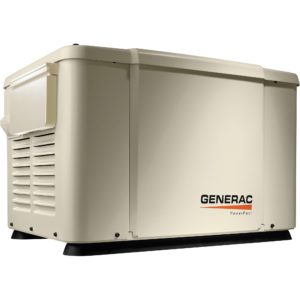The History of Generators
The History of Generators

Texas just went through a historic winter storm leaving over four million Texans without power. Home generators were the envy of many during the power outages. While many Texans were layered in clothes, jackets, and blankets, sitting and sleeping by their fireplaces, those with generators enjoyed some heat and lighting.
Where did the generator originate?
In the mid-1700s, a man named James Watt updated the configuration of the steam engine. He found the then-design to waste considerable energy. In 1781, he revised the model to make steam engines more efficient. His invention was called the Watt Steam Engine. Fun fact: he was partially responsible for a unit of power that we now call a Watt. It was named for his contribution.
By the 1800s, engines were evolving. They were commonly made to run on gasoline and kerosene. In the 1860s, AC and DC generators were invented. By the 1870s, the AC and DC generators were produced to run an outdoor lighting system called a Jablochkoff Candle. By 1879, Thomas Edison had invented the light bulb. Edison also invented a DC generator which was first installed in New York City in 1882.
What is AC v. DC power?
Let’s back up. What is the difference between AC power and DC power? Alternating Currents, or AC, use alternative currents. The name comes from a waveform of current where the electrons flow up and down. Direct Currents, or DC, use direct currents, or currents that move the electrons in a straight line. Most generators today use AC power as that is the most common form of equipment today.
What about today’s generators?
In the early 1900s, generators became more common and produced by companies such as GE, Siemens, and Westinghouse. Today’s design, called an engine-generator, incorporates the engine into the generator, forming an individual unit.
A basic generator contains the engine, fuel tank (or fuel source), voltage regulator, speed regulator, and starting mechanism, such as a battery and starter.
Generators can be massive to power hospitals or small to be portable. They can run on propane, natural gas, or gasoline. They provide electricity to keep businesses and residences safe and provide peace of mind.

